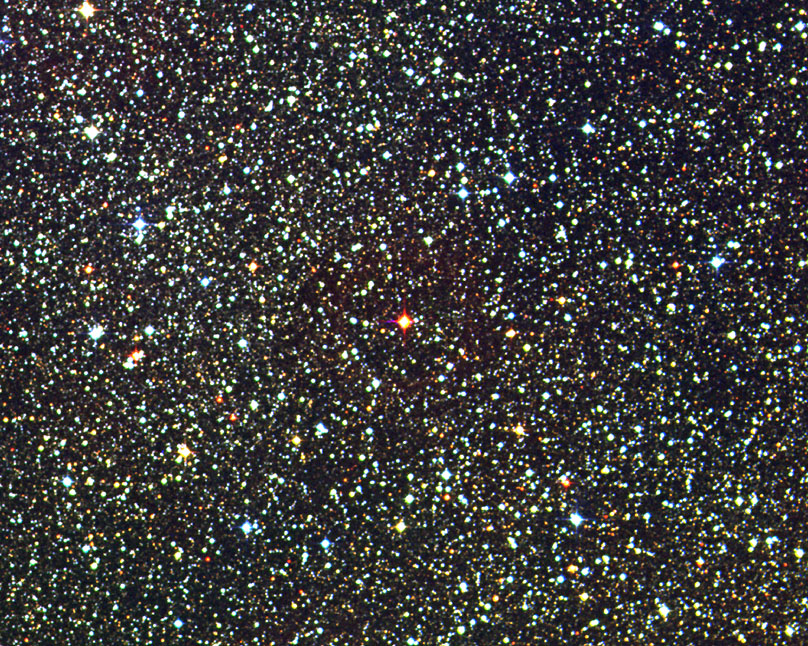There is actually a third star in the system, but one that is out of the field of view of a small telescope, and also far too faint to be seen with a small telescope. It&s only visible, only recognisable by careful study of actual images of that part ... Canopus is the second brightest star in the sky after Sirius. It is a star that&s 312 light years from us, and because it appears so bright, even at that large distance, we can tell that it is intrinsically very bright. ...
There is actually a third star in the system, but one that is out of the field of view of a small telescope, and also far too faint to be seen with a small telescope. It&s only visible, only recognisable by careful study of actual images of that part ... Canopus is the second brightest star in the sky after Sirius. It is a star that&s 312 light years from us, and because it appears so bright, even at that large distance, we can tell that it is intrinsically very bright. ...
7) Although the third brightest star in Aries has no traditional name and is instead saddled with the uninspired moniker Flamsteed 41, it does manage to be part of a funky little asterism. The blue-white dwarf star is the brightest ...
There is actually a third star in the system, but one that is out of the field of view of a small telescope, and also far too faint to be seen with a small telescope. It&s only visible, only recognisable by careful study of actual images of that part ... Canopus is the second brightest star in the sky after Sirius. It is a star that&s 312 light years from us, and because it appears so bright, even at that large distance, we can tell that it is intrinsically very bright. ...
7) Although the third brightest star in Aries has no traditional name and is instead saddled with the uninspired moniker Flamsteed 41, it does manage to be part of a funky little asterism. The blue-white dwarf star is the brightest ...
No comments:
Post a Comment